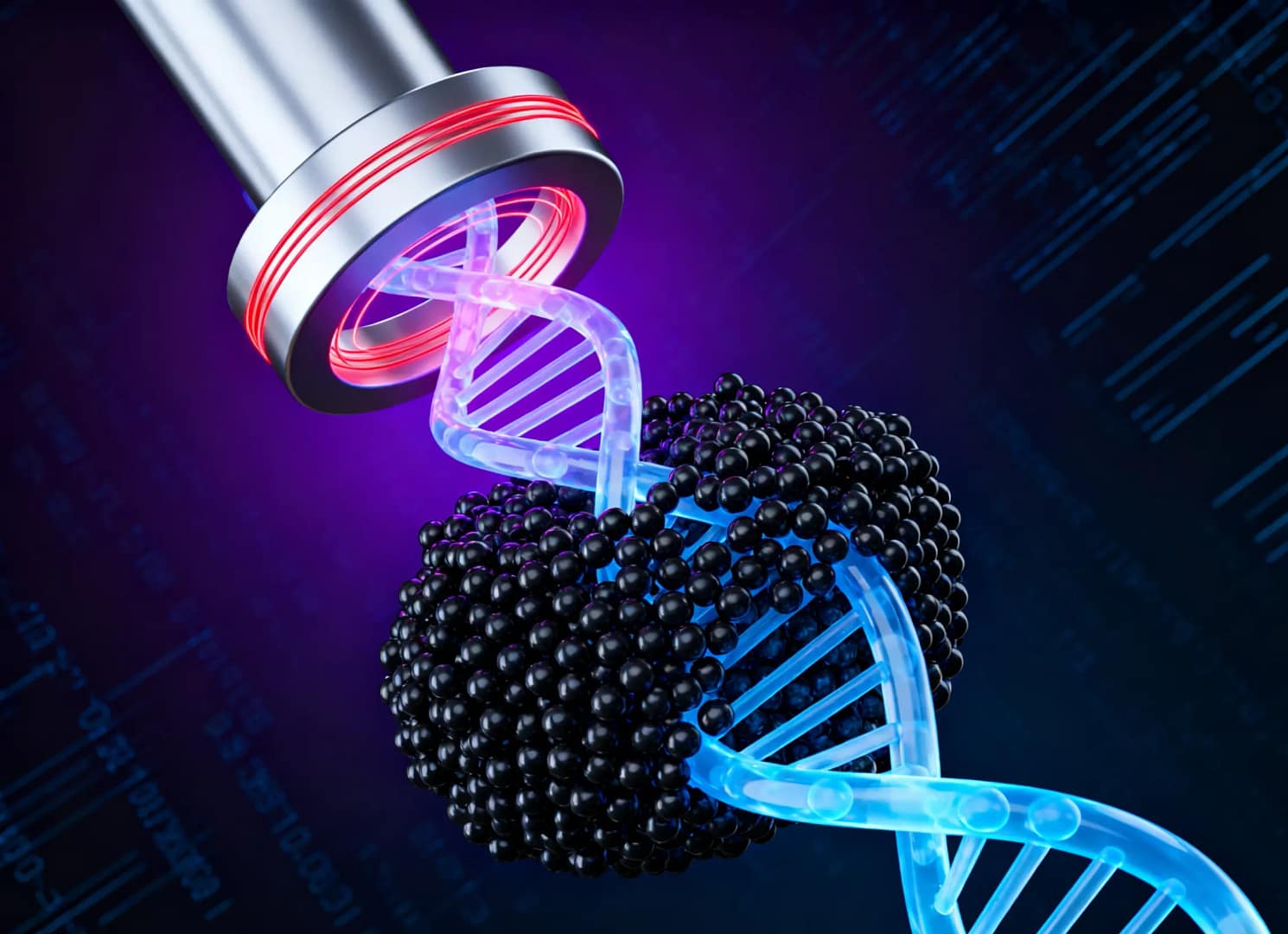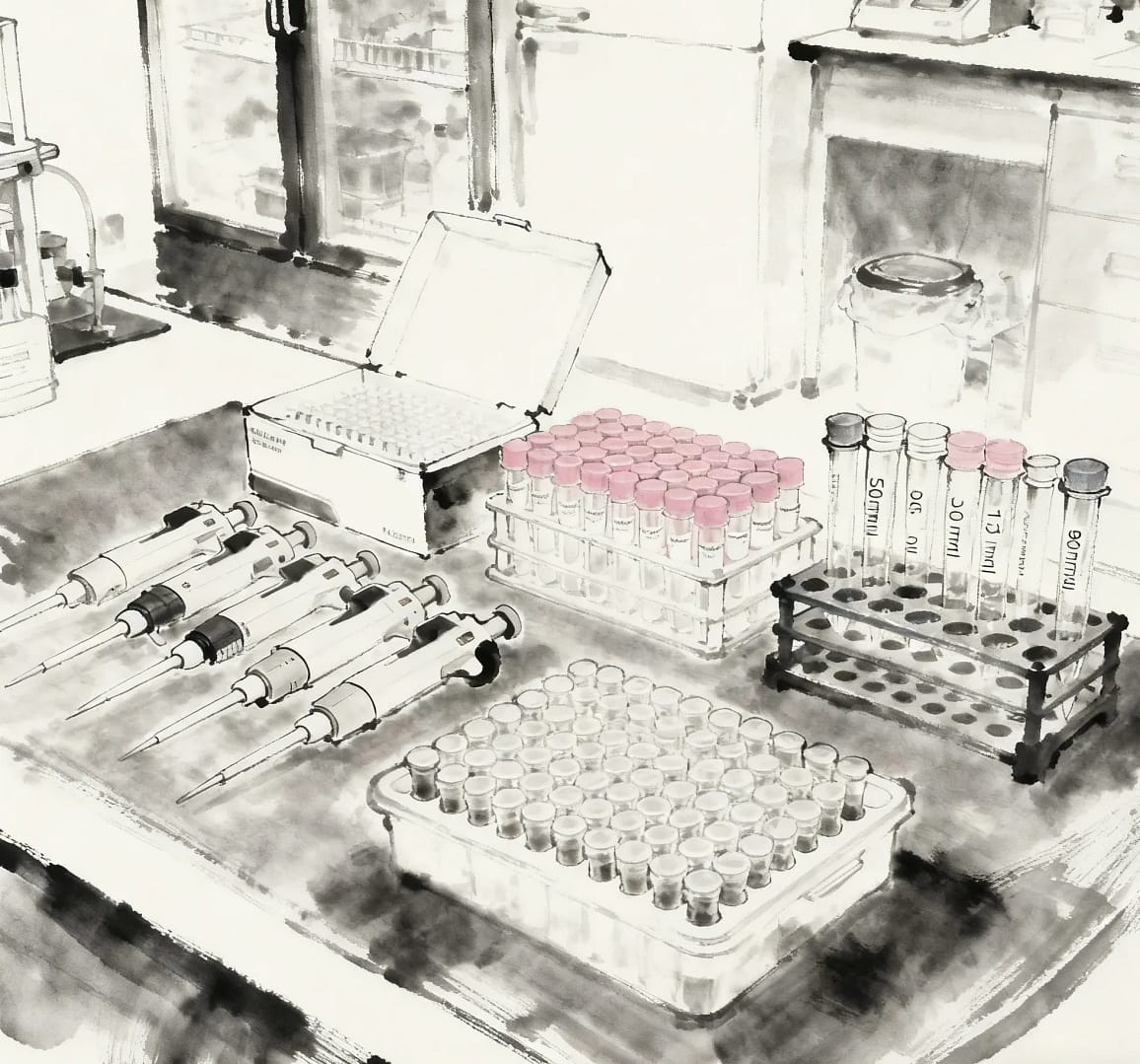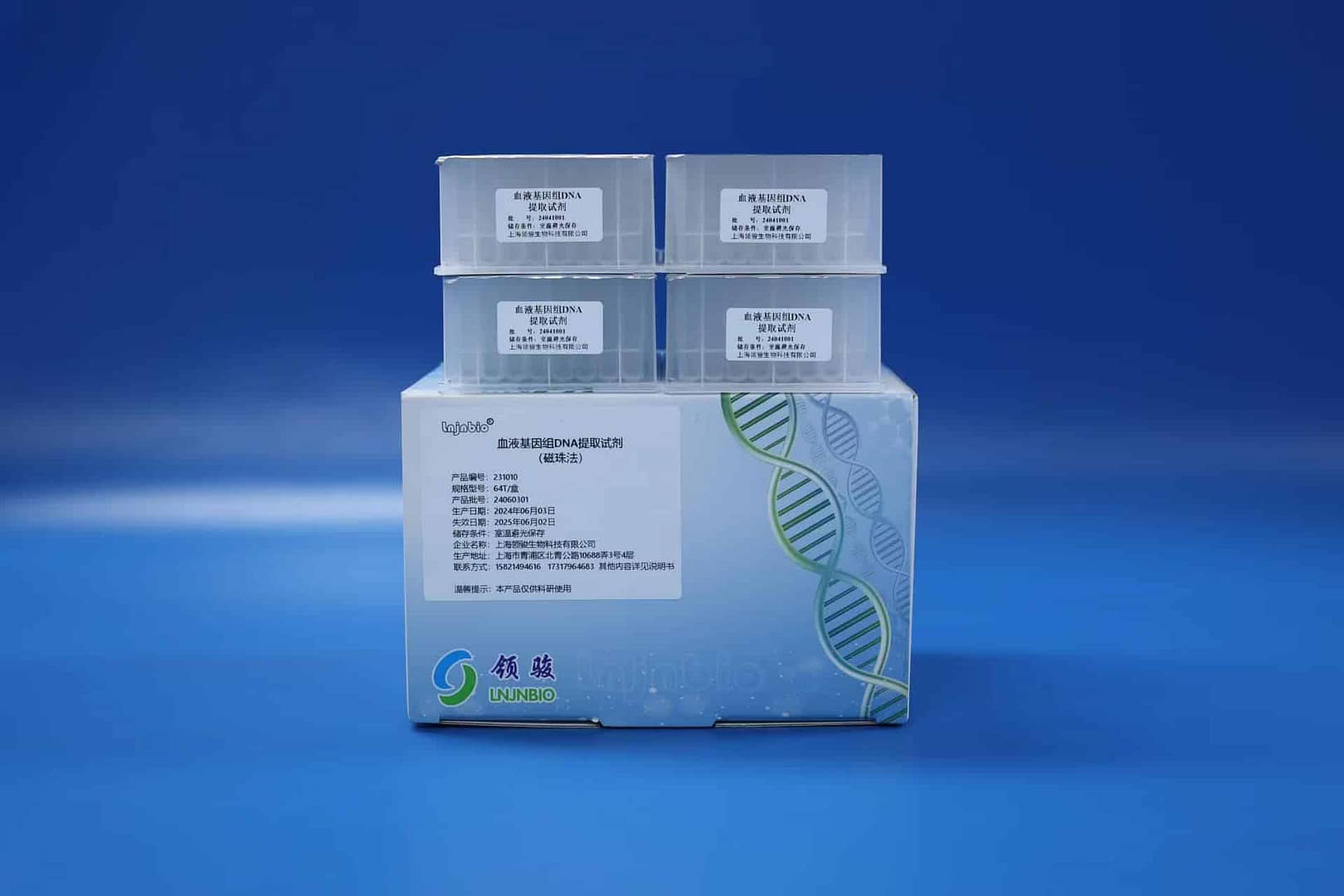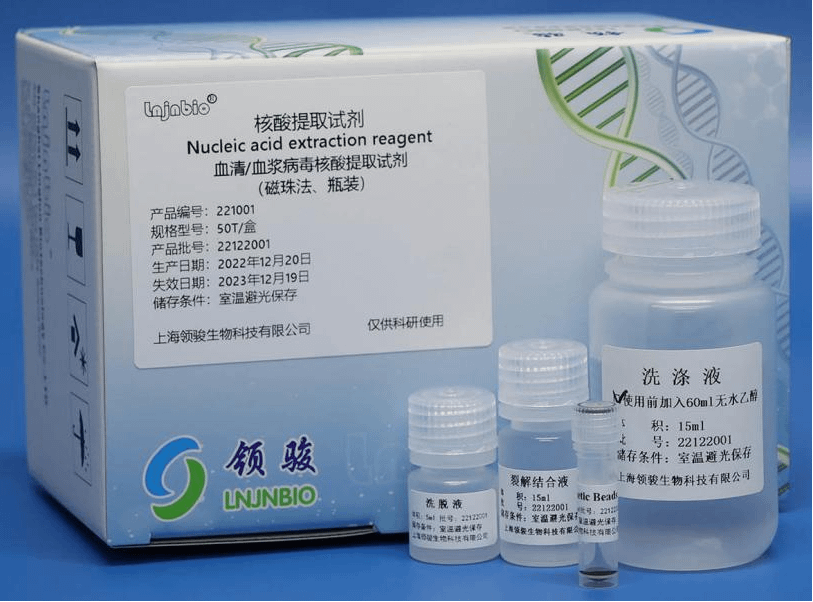Professional Manufacturer of Biomagnetic Beads

The challenge and prospect of the trade tariff war between China and the United States to the bio-magnetic bead industry
1. Challenges: Technology dependence and supply chain risks are increasing
Core technologies are monopolized overseas,Biological magnetic beads are key materials in cell therapy (such as CAR-T therapy) and molecular diagnostics. The core technology has long been monopolized by American companies like Thermo Fisher Scientific and Miltenyi Biotec, controlling 90% of the global GMP-grade magnetic bead market. Chinese enterprises face core barriers such as surface modification technology for magnetic nanoparticles and batch consistency control, with a domestication rate of less than 10%.
Tariffs raise import costs and risk supply chain disruptions,after the increase in tariffs between China and the United States, the import cost of core consumables such as magnetic beads surged by 60%. Coupled with extended logistics lead times (for example, supply chain disruptions in Eastern Europe extended delivery cycles to over 6 weeks), this further exacerbated production cost pressures for companies. For instance, the average production cost for Chinese cell therapy firms increased by 35%, significantly raising the risk of financial strain for small and medium-sized enterprises.
The dual threat of policyand technology blockade,the United States has passed the Export Control Regulations to restrict the export of biological toolkits containing specific magnetic materials, and may use geopolitical events (such as the breakdown of negotiations between the United States and Ukraine) to impose a technology blockade, directly threatening the research and development and production continuity of Chinese biopharmaceutical companies.
2.Domestic substitution and technological innovation to break the deadlock
The window period for domestic substitution has opened,technological Breakthrough: Domestic companies represented by Beijing Tongli Haiyuan and Shu Tong Medical have achieved independent research and development as well as production of magnetic bead raw materials. For example, Tongli Haiyuan’s ActSep®CD3/CD28 sorting activation magnetic beads have been approved through IND, with performance reaching international top-tier levels, and inventory turnover increased to 1.8 times that of imported products; Shu Tong’s streptavidin magnetic beads have a magnetic response time <10 seconds, batch-to-batch variation CV value <3%, and cost is only 1/36th of imported products.
Policy support: The national 14th Five-Year Plan for the development of bio-economy lists key materials for cell therapy as a key research and development direction. NMPA gives accelerated approval channels to CAR-T products using domestic materials, and promotes the rapid clinical application of domestic magnetic beads.
Full industrial chain closed loop and cost advantage,Companies reduce marginal costs by integrating the entire “raw materials-production-application” industrial chain. For example, Bella Bio uses AI smart manufacturing to predict raw material price fluctuations, stockpiling key consumables during low-price cycles, which boosts production efficiency by 130%. Despite a 35% increase in industry-wide costs, prices remain stable. Shu Tong Medical, on the other hand, has established a service system of “raw materials + process solutions + technical responses,” deeply aligning with the needs of downstream IVD companies to accelerate domestic substitution.
Globalization breakthrough and market restructuring,domestic magnetic bead companies have entered the U.S. market through FDA DMF registration and seized emerging markets in Southeast Asia and the Middle East. For example, Tongli Haiyuan has already registered 10 products in the U.S., forming a reverse export capability of “technology for market.” Additionally, the RCEP regional production layout (such as electronic assembly in Vietnam and automobile manufacturing in Mexico) provides new pathways for the regional dispersion of the magnetic bead industry, reducing dependence on single markets.
Technological innovation drives industrial upgrading,differentiated innovation: Domestic magnetic beads have shifted from simple replacement to performance surpassing, and iterative products such as high temperature resistant enzymes and multi-functional magnetic beads have been developed.
Technology integration: the combination of gene editing, automated production and AI technology promotes the development of “cell manufacturing” in the direction of high quality and high efficiency. For example, AI algorithm optimizes magnetic bead size distribution and activity retention, shortening the research and development cycle 46.
3. Future trends: Rule game and global value chain restructuring
The tariff war between China and the United States is shifting from “close combat” to “game of rules”. The competition in the bio-magnetic bead industry will focus on:
Dominance of technical standards: The United States may restrict China’s technology exports through digital trade rules (such as data localization requirements), and China needs to strengthen its own patent layout to break the blockade.
Green supply chain competition: The Inflation Reduction Act of the United States restricts China’s new energy supply chain participation, forcing domestic magnetic bead enterprises to build green competitiveness through low-carbon processes and recycling technologies (such as photovoltaic module recycling).
Regional supply chain resilience: Enterprises need to spread risks through “multi-center” layout (such as Mexico and Southeast Asia), and consolidate technological sovereignty by taking advantage of the scale of domestic market 59.
Conclusion
The trade tariff war between China and the United States poses a severe challenge to the supply chain and technology blockade in the short term for the biomagnetic bead industry. In the long run, it presents strategic opportunities for domestic substitution and the restructuring of global value chains. Through policy empowerment, technological innovation, and ecological synergy, China has the potential to achieve a leap from “follower” to “leader” in cell therapy and molecular diagnostics, reshaping the global biopharmaceutical industry landscape
Supplier
Shanghai Lingjun Biotechnology Co., Ltd. was established in 2016 which is a professional manufacturer of biomagnetic materials and nucleic acid extraction reagents.
We have rich experience in nucleic acid extraction and purification, protein purification, cell separation, chemiluminescence, and other technical fields.
Our products are widely used in many fields, such as medical testing, genetic testing, university research, genetic breeding, and so on. We not only provide products but also can undertake OEM, ODM, and other needs. If you have a related need, please feel free to contact us .






